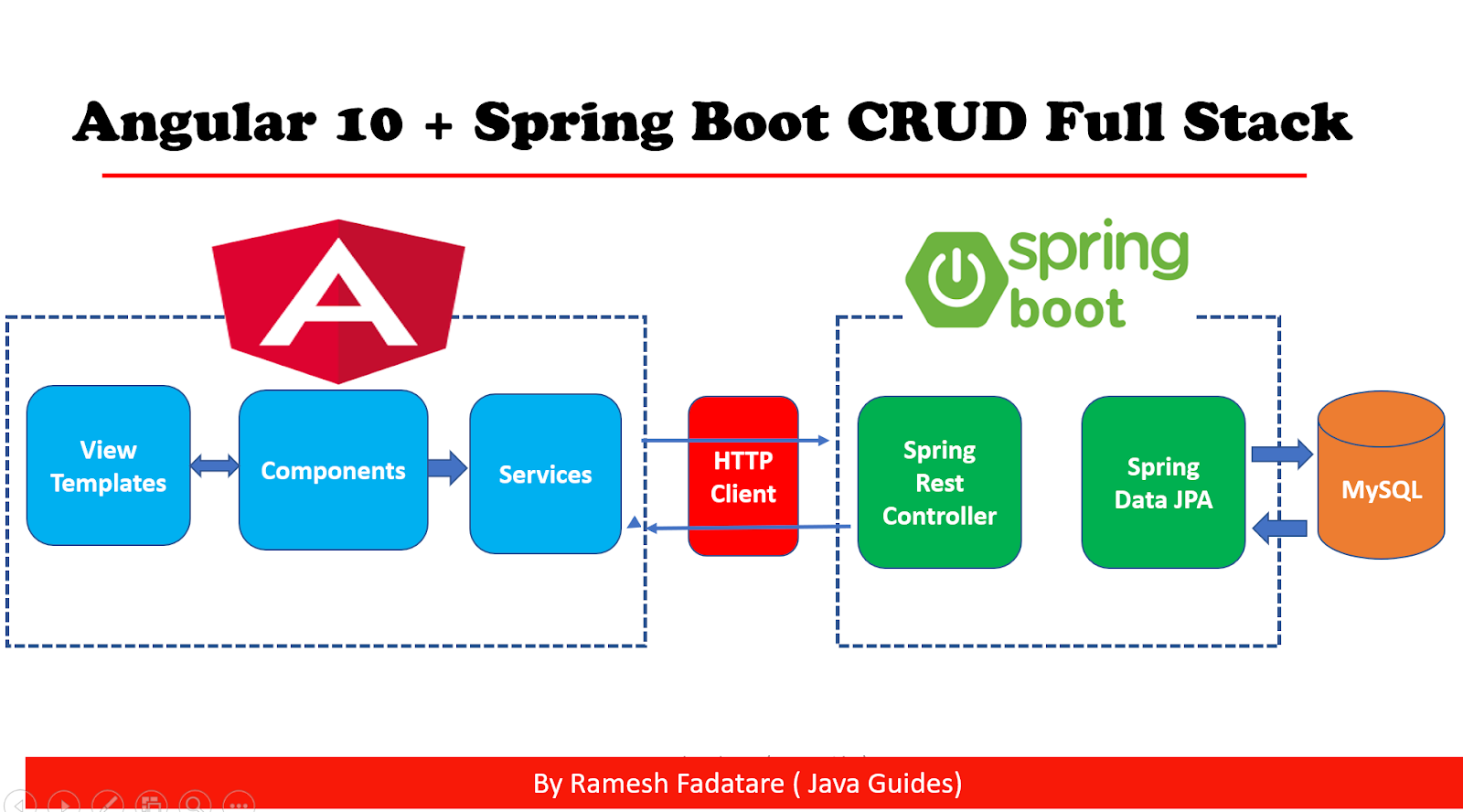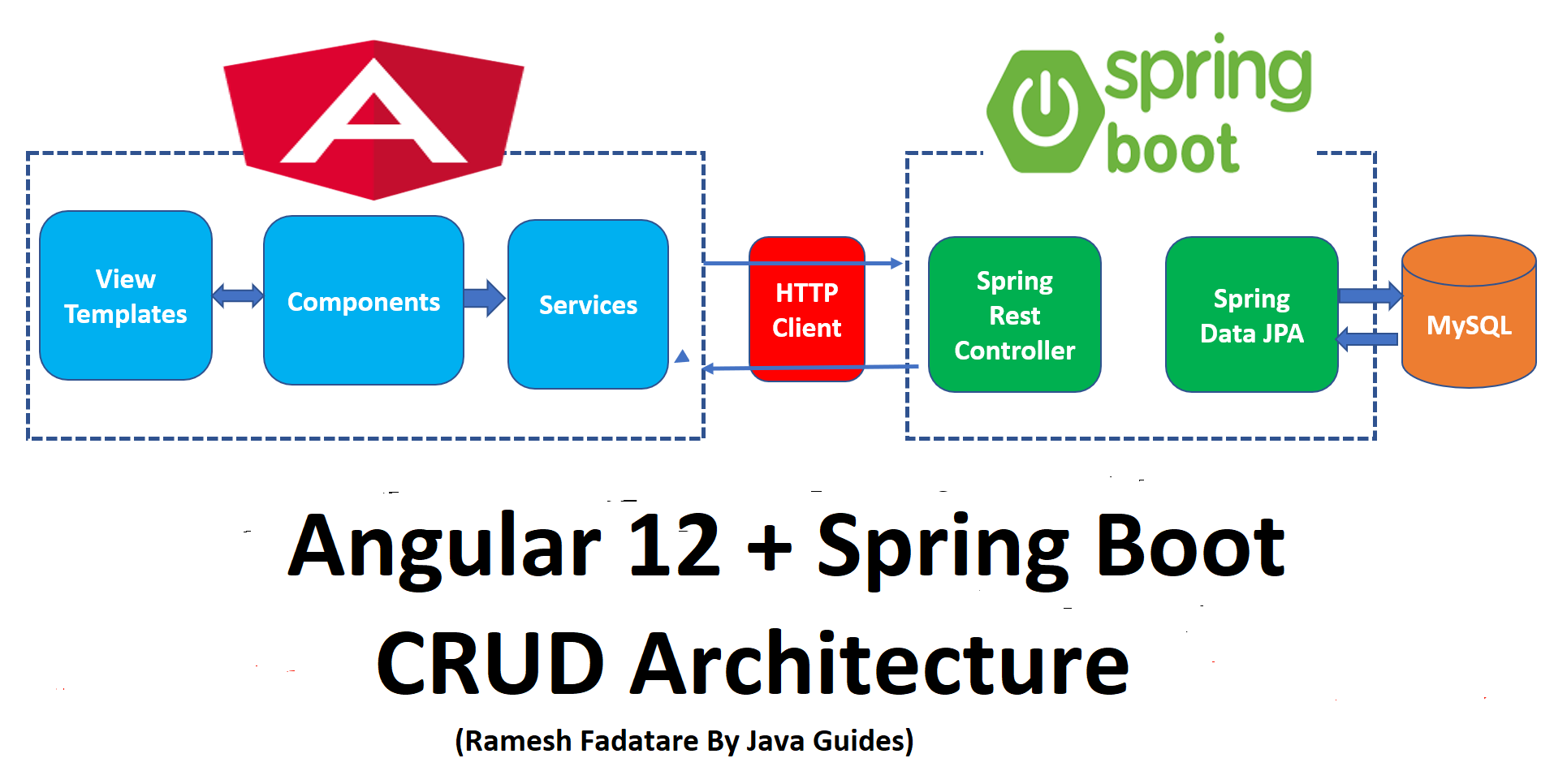Are you looking to enhance your skills in web development using Spring Boot and Angular? This guide will provide you with valuable insights and resources for mastering these powerful frameworks. In today’s tech-driven world, understanding how to build robust web applications is essential. Spring Boot offers a streamlined approach to backend development, while Angular provides a dynamic frontend experience. Together, they create a powerful combination for full-stack development.
In this article, we will explore the various aspects of Spring Boot and Angular, including their features, benefits, and how to effectively integrate them. Additionally, we will provide information on where to find free PDF resources for both frameworks, enabling you to deepen your knowledge and skills without any financial burden.
By the end of this article, you will not only learn about the technicalities of Spring Boot and Angular but also have access to valuable materials that can help you in your journey to becoming a proficient developer. Let’s dive in!
Table of Contents
- 1. Understanding Spring Boot
- 2. Key Features of Spring Boot
- 3. Overview of Angular
- 4. Key Features of Angular
- 5. Integrating Spring Boot and Angular
- 6. Benefits of Using Spring Boot and Angular Together
- 7. Where to Find Free PDF Resources
- 8. Conclusion and Call to Action
1. Understanding Spring Boot
Spring Boot is an open-source Java-based framework that simplifies the development of stand-alone, production-grade Spring applications. It is designed to make it easy to create Spring-based applications that can be run with minimal configuration.
1.1 History of Spring Boot
Spring Boot was created by Pivotal Software in 2013 as a way to address the complexity of configuring Spring applications. It provides a set of conventions and defaults that help developers get started quickly.
1.2 Architecture
Spring Boot follows a layered architecture that includes:
- Presentation Layer
- Service Layer
- Data Access Layer
2. Key Features of Spring Boot
Spring Boot offers several features that make it a popular choice among developers:
- Auto Configuration: Automatically configures your application based on the dependencies you have added.
- Standalone: Allows you to create stand-alone applications that can be run independently.
- Production Ready: Provides built-in metrics, health checks, and externalized configuration.
3. Overview of Angular
Angular is a platform and framework for building client-side applications using HTML and TypeScript. It is maintained by Google and is widely used for developing single-page applications (SPAs).
3.1 History of Angular
Angular was first released in 2010 as AngularJS. In 2016, it was completely rewritten and released as Angular (commonly referred to as Angular 2+).
3.2 Architecture
Angular is built around a component-based architecture that includes:
- Components
- Modules
- Services
4. Key Features of Angular
Angular comes with a number of powerful features:
- Two-Way Data Binding: Automatically synchronizes data between the model and the view.
- Dependency Injection: Manages the dependencies of your application efficiently.
- Routing: Enables navigation between different views or components in your application.
5. Integrating Spring Boot and Angular
Integrating Spring Boot with Angular can create a powerful web application. This integration allows developers to build a robust backend with Spring Boot while leveraging Angular for a dynamic frontend experience.
5.1 RESTful APIs
Spring Boot can expose RESTful APIs that Angular can consume, allowing for seamless communication between the frontend and backend.
5.2 Project Structure
The typical project structure for a Spring Boot and Angular application includes:
- /backend (Spring Boot)
- /frontend (Angular)
6. Benefits of Using Spring Boot and Angular Together
The combination of Spring Boot and Angular offers several advantages:
- Separation of Concerns: Clear separation between frontend and backend code.
- Scalability: Both frameworks are designed to handle large-scale applications.
- Community Support: Both have large communities and extensive documentation.
7. Where to Find Free PDF Resources
There are numerous resources available online for learning Spring Boot and Angular, including free PDF downloads. Here are some reputable sources:
- Spring Boot Guides
- Angular Documentation
- FreeCodeCamp Spring Boot Articles
- TutorialsPoint Angular Tutorials
8. Conclusion and Call to Action
In summary, Spring Boot and Angular are powerful tools for web development that provide a robust framework for building modern applications. By understanding their features and how to integrate them, you can enhance your development skills significantly. We encourage you to explore the free PDF resources mentioned above and dive deeper into these technologies.
If you found this article helpful, please leave a comment below, share it with others, or check out our other articles on web development!
Thank you for reading, and we hope to see you back for more insightful content!

![[Angular 6 + Spring Boot] 1 Introduction to Angular + Spring Boot](https://i.ytimg.com/vi/Oj28rYNwN98/maxresdefault.jpg)


